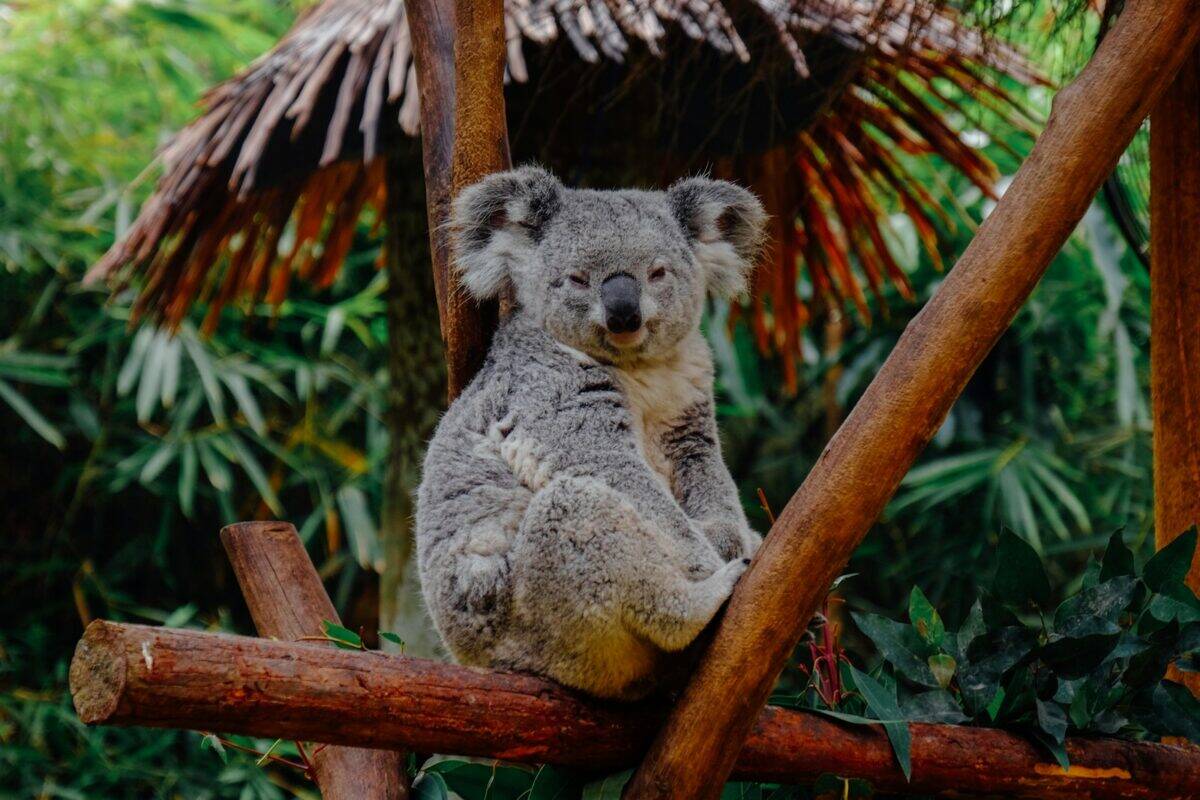Australia’s iconic koalas face an unprecedented threat to their survival. Once abundant throughout eastern Australia, these marsupials have experienced a dramatic population decline, with some regions seeing numbers plummet by more than 80% in just two decades. Declared endangered in eastern Australia in 2022, koalas confront multiple challenges including habitat loss, disease, climate change, and increasing human encroachment. However, across the continent, dedicated conservationists are implementing innovative strategies and working tirelessly to ensure these beloved animals have a future. From groundbreaking scientific research to community-led initiatives, the fight to save koalas demonstrates the power of human determination in the face of ecological crisis.
The Current State of Koala Populations
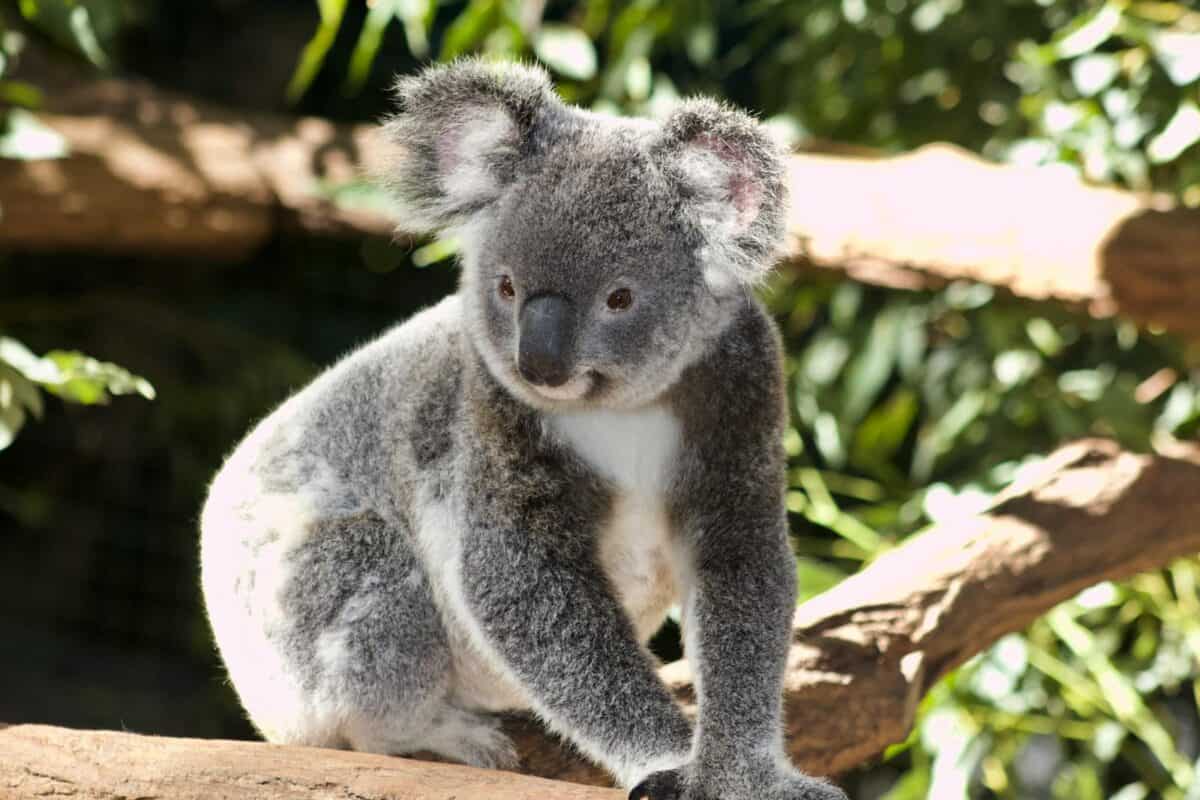
Koala numbers have witnessed an alarming decline across their range in eastern Australia. Current estimates suggest the total koala population has fallen from 400,000 to perhaps fewer than 80,000 individuals in the wild. The situation is particularly dire in Queensland and New South Wales, where populations have decreased by 50-80% since 2001. In February 2022, the Australian government officially listed koalas as endangered in Queensland, New South Wales, and the Australian Capital Territory—a sobering upgrade from their previous “vulnerable” status. The catastrophic 2019-2020 bushfires dealt another devastating blow, with scientists estimating that over 60,000 koalas were impacted through death, injury, or significant habitat loss. The situation varies by region, with some isolated populations facing imminent extinction while others remain relatively stable, highlighting the complex nature of conservation efforts required across different landscapes and jurisdictions.
Primary Threats to Koala Survival

Koalas face a multifaceted crisis stemming from several interconnected threats. Habitat destruction stands as the most significant challenge, with land clearing for agriculture, urban development, and infrastructure fragmenting and destroying eucalyptus forests that koalas rely on for food and shelter. This habitat loss forces koalas to spend more time on the ground, increasing their vulnerability to vehicle strikes and dog attacks, which cause thousands of deaths annually. Disease presents another major threat, with Chlamydia affecting up to 100% of some koala populations, causing blindness, infertility, and death. Climate change exacerbates these pressures through increasingly severe drought, heatwaves, and bushfires, while also reducing the nutritional quality of eucalyptus leaves—their sole food source. The increasing frequency of extreme weather events, linked to climate change, has created a perfect storm threatening koala survival across their range. Additionally, genetic issues in isolated populations are reducing resilience and reproductive success, creating a compounding effect that accelerates population decline.
Habitat Protection and Restoration Initiatives
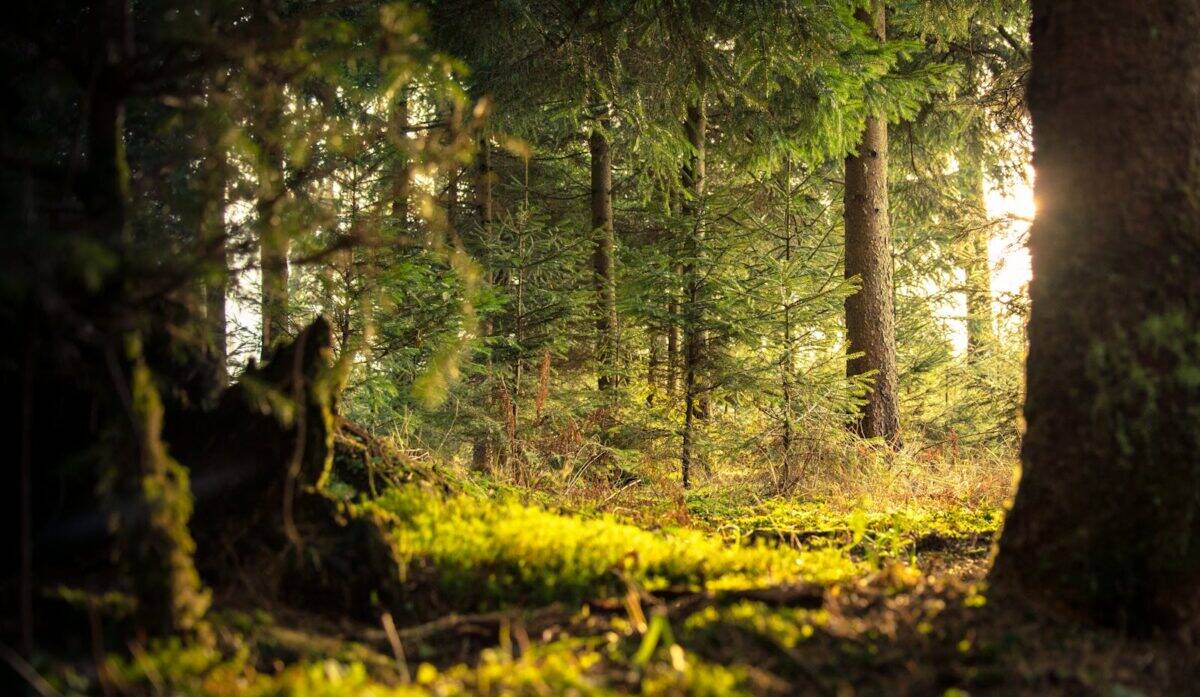
Conservationists recognize that securing adequate habitat is fundamental to koala survival. Organizations like the World Wildlife Fund (WWF) and Australian Koala Foundation are working to identify and protect key koala habitats through land acquisition programs and conservation agreements with private landowners. In New South Wales, the government has committed to creating the Great Koala National Park, encompassing over 300,000 hectares of koala habitat. Meanwhile, restoration projects are reconnecting fragmented habitats through strategic tree planting. The “10 Million Trees” initiative, launched in 2019, aims to create wildlife corridors that allow koalas to move safely between habitat patches. These corridors are crucial for genetic exchange between isolated populations. Innovative mapping technologies using drones and satellite imagery now allow conservationists to identify priority areas for protection and restoration based on koala population densities and movement patterns. Community-based restoration efforts have seen thousands of volunteers planting eucalyptus trees specifically selected for their nutritional value to koalas and resilience to changing climate conditions, creating a sustainable habitat for generations to come.
Wildlife Hospitals and Rescue Operations
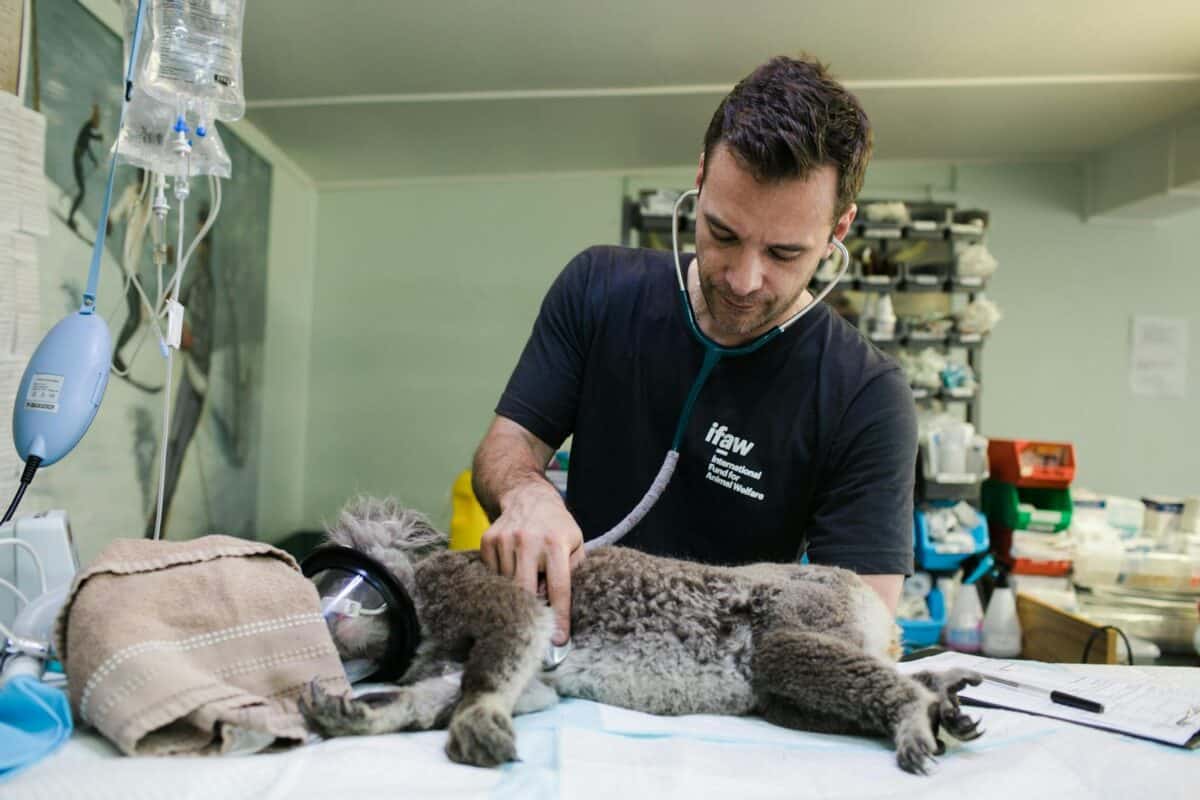
When disaster strikes, wildlife hospitals form the frontline response for injured and displaced koalas. The Australia Zoo Wildlife Hospital, Port Macquarie Koala Hospital, and Currumbin Wildlife Hospital treat thousands of koalas annually, providing specialized care for injuries from vehicle strikes, dog attacks, and bushfires. During the catastrophic 2019-2020 bushfires, these facilities operated beyond capacity, with staff working around the clock to treat burns, smoke inhalation, and dehydration. Specialized rescue teams equipped with thermal imaging drones locate injured koalas in disaster zones, while trained detection dogs have proven remarkably effective at finding koalas that human searchers might miss. Advanced veterinary treatments, including specialized burn therapies, chlamydia treatments, and reproductive assistance, have dramatically improved survival rates for injured koalas. These wildlife hospitals also serve as important research centers, collecting valuable data on koala health that informs broader conservation strategies. The Port Macquarie Koala Hospital has pioneered innovative treatment protocols that have been adopted nationwide, while also operating a successful breeding and release program for rehabilitated koalas that cannot return to the wild.
Scientific Research and Monitoring

Science underpins effective koala conservation, with researchers developing increasingly sophisticated tools to understand and address threats. Genetic research has revolutionized koala conservation by identifying populations with high genetic diversity that should be prioritized for protection. Scientists at the University of Sydney have mapped the koala genome, providing insights into disease resistance and climate adaptation that inform breeding programs. Field monitoring has advanced significantly with radio-tracking collars, acoustic monitors that detect koala calls, and DNA analysis of koala droppings that allows researchers to identify individuals without disturbing them. Citizen science projects like the Great Koala Count engage thousands of community members in reporting koala sightings through smartphone apps, generating valuable population data across vast areas. Health monitoring programs track the spread of diseases like chlamydia and develop targeted vaccination strategies, with promising trials of a chlamydia vaccine showing positive results. Climate research examines how rising temperatures and CO2 levels affect eucalyptus leaf nutrition, helping identify which tree species might best support koalas in a changing climate.
Disease Management and Prevention
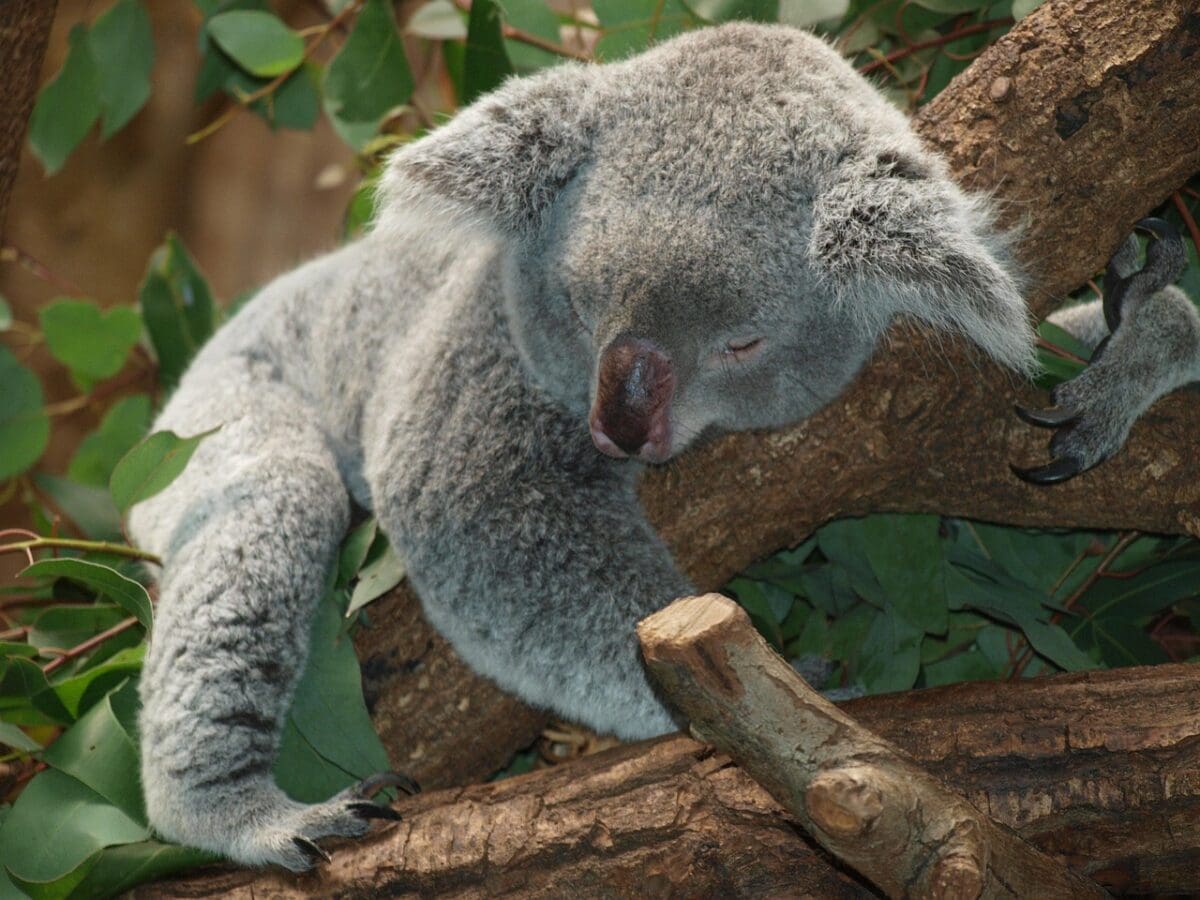
Chlamydia represents one of the greatest threats to koala health, affecting up to 100% of some populations with devastating consequences including blindness, infertility, and painful urinary tract infections. Conservationists have developed a multi-pronged approach to combat this disease. Vaccination programs are showing promising results, with researchers at the University of the Sunshine Coast developing a chlamydia vaccine that has demonstrated effectiveness in clinical trials. Treatment protocols using specialized antibiotics have been refined to minimize disruption to the koalas’ unique gut microbiome, which is essential for digesting toxic eucalyptus leaves. Field screening programs allow researchers to identify and treat infected koalas before they show clinical symptoms, preventing both suffering and further transmission. Genetic research has identified certain koala populations with natural resistance to chlamydia, making these groups particularly valuable for conservation breeding programs. Additionally, researchers are investigating the relationship between habitat stress and disease susceptibility, finding that koalas in fragmented or poor-quality habitats show higher infection rates, reinforcing the importance of habitat protection as a disease management strategy.
Road Safety Measures for Koalas
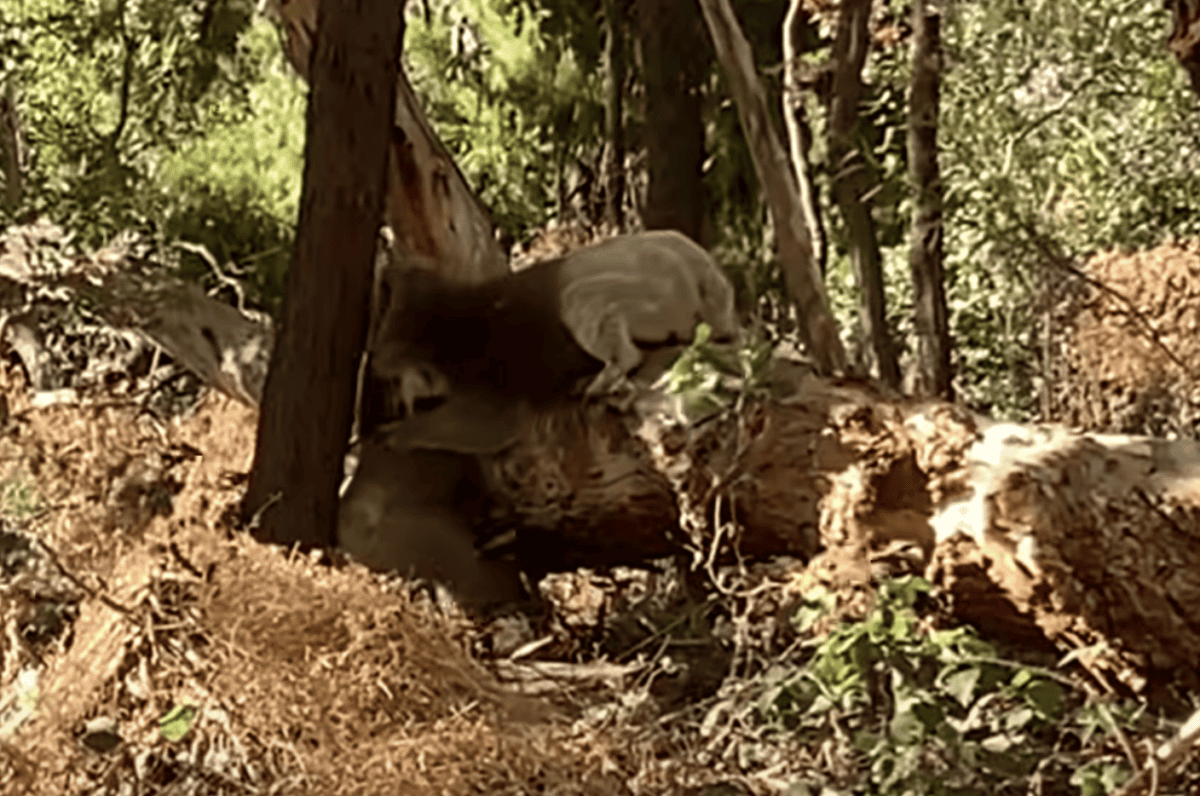
Vehicle strikes claim thousands of koala lives annually as urban development forces these arboreal marsupials to cross roads when moving between habitat fragments. Innovative infrastructure solutions are making a measurable difference in reducing these deaths. Wildlife crossings, including overhead rope bridges and underground tunnels, provide safe passage for koalas at high-risk road sections. In Queensland, specially designed koala-proof fencing guides animals toward these safe crossing points while preventing access to dangerous roadways. Virtual fencing using devices that emit sounds and light when triggered by approaching headlights has reduced koala-vehicle collisions by up to 50% in trial areas. Technology plays an increasing role, with “smart” road signs that light up when koalas are detected nearby, alerting drivers to slow down during high-risk periods, especially during breeding season when males travel widely. Community education campaigns raise awareness about koala movement patterns and high-risk times, encouraging reduced speeds in koala habitat areas, particularly at dawn and dusk when koalas are most active. Some local councils have implemented reduced speed zones in known koala hotspots, with increased enforcement during peak movement seasons.
Breeding Programs and Genetic Management

Strategic breeding programs represent a crucial insurance policy against koala extinction, particularly for populations with unique genetic adaptations. The San Diego Zoo Wildlife Alliance operates one of the most successful koala breeding programs outside Australia, maintaining important genetic lineages while conducting research that benefits wild conservation. Within Australia, the Dreamworld Wildlife Foundation maintains a “koala ark” that preserves genetic diversity from vulnerable populations. Sophisticated genetic management uses DNA analysis to prevent inbreeding while preserving locally adapted traits, such as resistance to specific diseases or ability to digest particular eucalyptus species. Assisted reproductive technologies, including artificial insemination and embryo transfer, have been developed for koalas, allowing genetic exchange between isolated populations without the stress of relocating animals. Some programs focus specifically on “insurance populations” from areas at highest risk from climate change or disease, preserving their genetic material for future restoration efforts. The Australian Frozen Zoo maintains cryopreserved genetic material from diverse koala populations, creating a genetic bank that could prove invaluable if certain regional populations are lost. While reintroduction remains challenging, successful releases have occurred in areas where threats have been effectively managed, with post-release monitoring showing encouraging survival rates.
Policy and Legislative Changes

Meaningful conservation requires strong policy frameworks, and recent years have seen significant legislative developments for koala protection. The 2021 National Koala Recovery Plan provides a coordinated framework for action across state boundaries, allocating federal funding and establishing clear conservation targets. New South Wales implemented the Koala Habitat Protection State Environmental Planning Policy in 2021, strengthening protections for core koala habitat against development. Queensland’s Nature Conservation and Other Legislation Amendment Act increased penalties for illegal land clearing in koala habitat, with fines now reaching up to $500,000 for corporations. At the local level, many councils have adopted Koala Plans of Management that require developers to assess and mitigate impacts on koalas before projects can proceed. The federal endangered listing in 2022 triggered automatic additional protections under the Environment Protection and Biodiversity Conservation Act, requiring federal assessment of actions that might significantly impact koalas. Additionally, the establishment of the Office of the Threatened Species Commissioner has created a national advocate specifically focused on implementing recovery actions for koalas and other endangered species.
Community Engagement and Education

Successful koala conservation relies heavily on community support and participation. Education programs in schools and communities raise awareness about koala ecology and threats while empowering individuals to take meaningful conservation action. The Koala Clancy Foundation exemplifies community-led conservation, engaging volunteers in tree planting, habitat restoration, and monitoring activities. Citizen science initiatives like the Great Koala Count and I Spy Koala app allow community members to contribute valuable data on koala sightings, helping researchers track population changes across vast areas. Training programs for property owners teach koala-friendly land management practices, including how to identify and protect food trees and create wildlife-friendly properties. Indigenous knowledge is increasingly being incorporated into conservation planning, with Traditional Owners sharing ecological knowledge and participating in cultural burning practices that reduce catastrophic bushfire risk while maintaining habitat health. Community-based wildlife care networks provide crucial first response for injured koalas, with trained volunteers rescuing animals and providing initial care before transport to specialized facilities. These grassroots efforts not only directly benefit koalas but also build social commitment to conservation that translates into political support for stronger protection measures.
Innovative Technologies in Koala Conservation

Cutting-edge technologies are revolutionizing koala conservation, enabling more effective monitoring and protection. Drone-mounted thermal imaging cameras can locate koalas in dense forest canopies, dramatically improving the efficiency of population surveys and post-disaster rescue operations. Acoustic monitoring devices deployed throughout forests record koala calls, allowing researchers to track population presence and density without direct observation. GPS tracking collars provide unprecedented insights into koala movement patterns, habitat preferences, and responses to disturbances, with solar-powered models now allowing long-term monitoring with minimal battery replacement. Artificial intelligence and machine learning algorithms analyze vast quantities of camera trap footage, automatically identifying koalas and other wildlife with increasing accuracy. Environmental DNA (eDNA) sampling can detect koala presence from traces left in soil or water, enabling monitoring in areas where visual surveys are impractical. The KoalaTracker smartphone app allows citizens to report koala sightings, creating a real-time database of koala movements and population trends that helps identify emerging threats and hotspots. Together, these technological innovations enable conservationists to work more efficiently, gathering crucial data that guides targeted protection efforts.
Addressing Climate Change Impacts

Climate change poses perhaps the most pervasive threat to koala survival, affecting everything from habitat quality to disease susceptibility. Conservationists are developing climate-adaptive management strategies based on sophisticated modeling of future climate scenarios and their likely impacts on koala habitat. These models help identify climate refugia—areas likely to maintain suitable conditions despite warming temperatures—which are prioritized for protection. Drought-resilient water stations are being installed throughout koala habitats, providing critical hydration during increasingly frequent and severe heatwaves when eucalyptus leaves contain insufficient moisture. Research into koala thermoregulation behavior is informing habitat management, ensuring sufficient shade trees and moist microclimates remain available as temperatures rise. Selective breeding and planting of climate-resistant eucalyptus species maintains food sources even as conditions change, with preference given to species that maintain nutritional value under elevated CO2 conditions. Fire management strategies are being refined to reduce the risk of catastrophic bushfires while maintaining ecosystem health, including cultural burning practices led by Indigenous rangers that create mosaic patterns of burned and unburned areas. Climate-informed translocation guidelines help determine when moving koalas to more suitable habitat may be necessary as a last resort when local conditions become unsuitable.
The Future of Koala Conservation
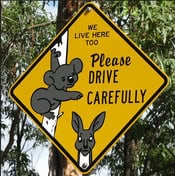
Despite the serious challenges facing koalas, there are reasons for cautious optimism about their future. The coordinated response following the 2019-2020 bushfires demonstrated that when properly resourced and prioritized, conservation efforts can achieve significant results. The growing integration of scientific research, government policy, and community action creates a robust foundation for effective koala protection. Emerging technologies and innovative approaches continue to improve our ability to monitor populations, treat diseases, and protect critical habitat. The ongoing development of the National Koala Monitoring Program will provide standardized population data across the species’ range, enabling more targeted and effective conservation actions. Increasing recognition of the economic value of koalas through ecotourism provides financial incentives for their protection, with koala-based tourism generating over $3.2 billion annually for the Australian economy. While challenges remain substantial, the dedication of thousands of researchers, veterinarians, carers, volunteers, and advocates working to secure a future for koalas demonstrates the powerful human connection to these iconic marsupials.
The fight to save koalas from extinction represents one of the most complex and urgent conservation challenges of our time. Through a combination of habitat protection, scientific research, innovative technologies, and community engagement, conservationists are making significant progress against formidable odds. These efforts extend beyond simply preserving a single species—they encompass landscape-scale restoration, climate resilience, disease management, and community transformation. The koala’s status as both a national icon and an umbrella species means that successful koala conservation benefits countless other species that share their forest ecosystems. While their future remains uncertain, the unprecedented mobilization of resources, expertise, and public support following their endangered listing offers hope that with continued commitment, koalas will survive and eventually recover across their range.
- The Coldest Town in America—And How People Survive There - August 9, 2025
- How Some Birds “Steal” Parenting Duties From Others - August 9, 2025
- 12 Deep-Sea Creatures You Won’t Believe Exist - August 9, 2025

